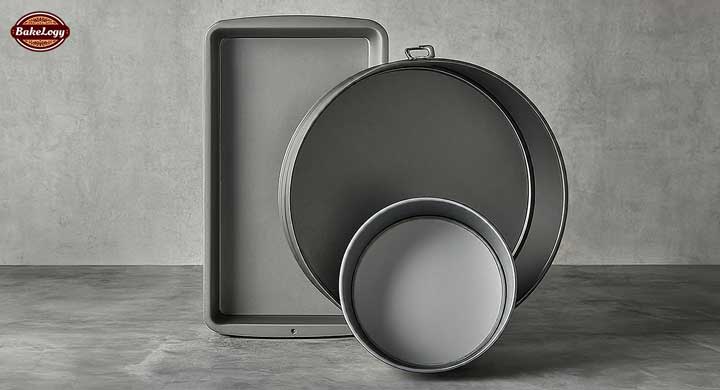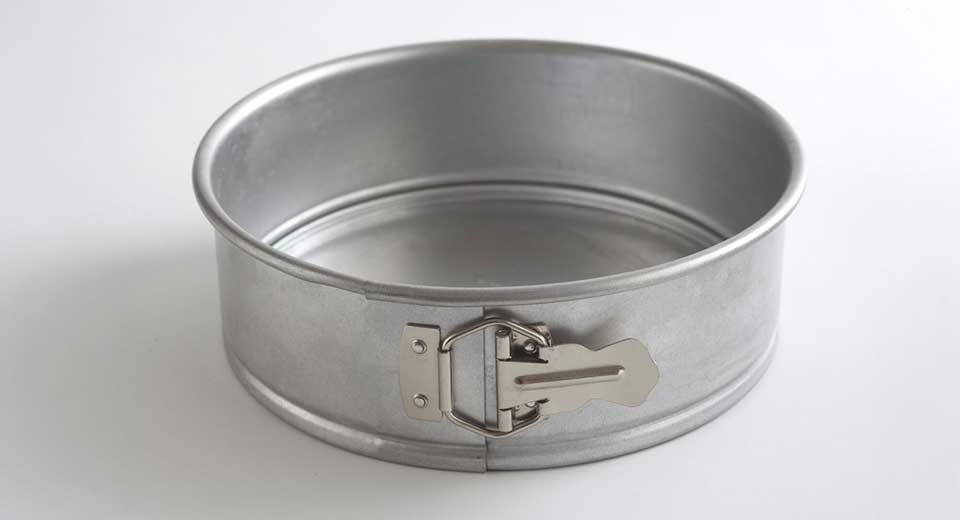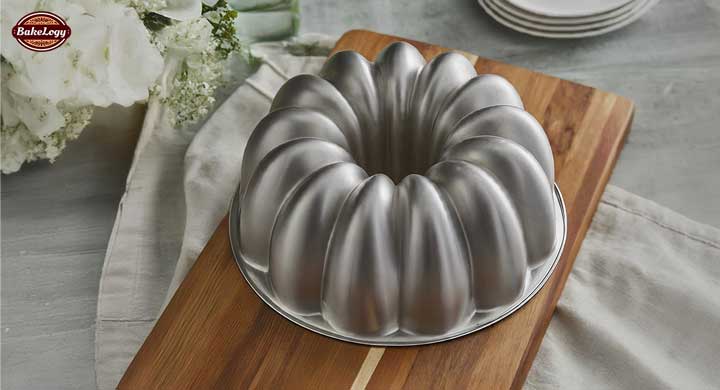Having the right equipment in your kitchen is very important and cake pans also come to resuce here for baking. Whether you’re brand new to baking or a seasoned pro, knowing the differences between various cake pans can only improve your skills. This complete guide dives deep into the world of cake pans, zeroing in on round, rectangular and square shapes. I do my best to explain how they’re used and the benefits of each kind, with a little guidance on which is probably right for you.
Introduction to Cake Pans
A cake pan is truly one of the most basic necessities found in any baker’s kitchen. They are available in many different shapes, sizes, and materials to suit various types of cakes or baked goods. It doesn’t only help alter the look of your baked delights but also affects the way they bake. For instance, rounds work best for layer cakes; squares and rectangles work well for sheet cakes, brownies, and bar cookies. Knowing these distinctions in pans can help you turn out a perfect bake every time.
Round Cake Pans
Overview
Probably the most versatile and used pans in baking are round cake pans. They can be essentially used for the making of classical cakes, cheesecakes, and other desserts that are round in shape. They usually range in diameter from 6 inches to 12 inches, wherein 8-inch and 9-inch pans seem to come in real handy.
When to Use Round Cake Pans
- Layer Cakes: Round pans are the best for baking traditional layer cakes. Their shape ensures even baking, and these edges are curved, so it is much easier to stack layers.
- Cheesecakes: For most cheesecakes, the cake is usually baked in round pans because they are of a uniform shape and very easy to slice.
- Tarts and Pies: These small, round pans can also be used to make tarts and pies if one is not making a deep dish.
Tips for Baking with Round Cake Pans
- Greasing and Lining: This is necessary so that the cake doesn’t stick. Thus, remember to always grease your pan and line the bottom with some parchment paper.
- Even Layers: Use a cake leveler or serrated knife to trim any domed tops, ensuring even layers for stacking.
- Baking Time: Be careful of baking time, for round cakes sometimes bake faster along the edges than in the center.
Square Cake Pans
Overview
Square cake pans offer a great and most modernized appearance, contrary to the utilization of round pans. They are typically used only for brownies, bar cookies, and single-layer cakes. The 8 x 8 and 9 x 9-inch sizes are used the most.
When to Use Square Cake Pans
- Brownies and Bar Cookies: These square pans are wonderful for brownies and bar cookies as they bake with uniform edges and are easily portioned.
- Single-Layer Cakes: In case you have baked a single layer, it adds quite a modern touch to the cake, and the sharp edges make for a clean presentation.
- Lemon Bars and Desserts: Almost all dessert bars, like lemon or fudge, are baked in a square pan, simply because it becomes very easy to slice from and present servings.
Tips for Baking with Square Cake Pans
- Portion Control: The straight edges of a square pan will help you cut even portions.
- Grease the Pan: Grease the pan nice so that it doesn’t stick at all, especially in the corners.
- Baking Time: The square ones bake way more evenly, but check doneness with a toothpick inserted in the middle.
Rectangular Cake Pans
Overview
Most of the time, rectangular cake pans are used for making sheet cakes, lasagnas, and casseroles. They often come in sizes like 9×13 inches, which makes them a perfect tool for big gatherings or potlucks.
When to Use Rectangular Cake Pans
- Sheet Cakes: These pans will be perfect for sheet cakes, which can include anything from simple recipes that feed a crowd to creative, decorated sheet cakes during special occasions.
- Casseroles and Lasagnas: Such pans are versatile enough to be used with savory dishes like lasagnas or casseroles.
- Layered Desserts: If you’re making a trifle or some kind of layered dessert, the space of a rectangular pan allows for multiple layers.
Tips for Baking with Rectangular Cake Pans
- Uniform Baking: Rotate the pan halfway through the baking process as its larger surface area sometimes may lead to non-uniform baking.
- Lining the Pan: Line the pan with parchment paper to remove large sheet cakes or bars easily.
- Portioning: Rectangular pans are fabulous for cutting into serving-sized pieces to accommodate big events.
Materials and Coatings
Aluminum:
Aluminum pans are lightweight, and their heat conductivity is great for even baking. To the other side, aluminum pans scratch easily and react with ingredients that have acid.
Non-Stick:
Non-stick pans are convenient by virtue that cakes just don’t stick to them, thus making it easy to release. However, the coating requires careful handling to avoid damaging it.
Silicone:
They are flexible and light, hence easy to clean. They are also non-stick but due to the poorer heat conductivity, they may not bake as evenly as the metal pans.
Glass:
Glass pans are ideal for allowing even heat distribution, but they require a lower baking temperature, usually to prevent overbaking. They are heavier and more fragile than metal pans.
Choosing the Right Cake Pan for Your Recipe
When selecting a cake pan, consider the following:
- Pan size and shape: Follow the requirements of the recipe, as each size and shape can give different baking results.
- Determine portion size: Where possible, try to choose the pan size you require by determining the number of portions you need. The bigger the pan, the higher the number of portions that can be cooked.
- Presentation: Think about how you want to present these baked goods at the end of your bake. Round pans are totally classic, while square and rectangular pans present more modern options.
Caring for Your Cake Pans
Proper care extends the life of your cake pans:
- Cleaning: Washing the pans by hand to prevent warping or flaking of nonstick coatings. Avoid using abrasive cleaners or metal utensils that might scratch the surface.
- Storage: Keep pans in a cool, dry place. This can help prevent rusting. Do not allow placing heavy things on top of pans as they will lose their shape.
- Maintenance: Non-stick pans are particularly susceptible to scratches or other damage. Check for these regularly and replace when necessary so as not to affect the quality of baked foods.
Cake pans are truly part of the fundamental weaponry for any kind of baker, with each individual shape holding its advantages over others for particular types of desserts. Whether creating towering layer cakes, baking brownies in a batch, or making a sheet cake for the party, the right pan is fundamental to delicious results. Knowing the various features and applications of round, square, and rectangular cake pans will get you very confident in baking creatively. Happy baking!




